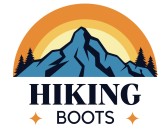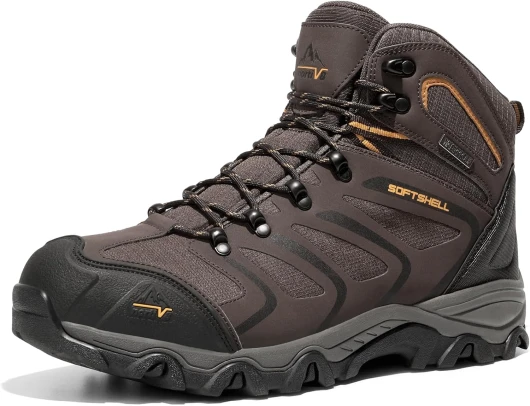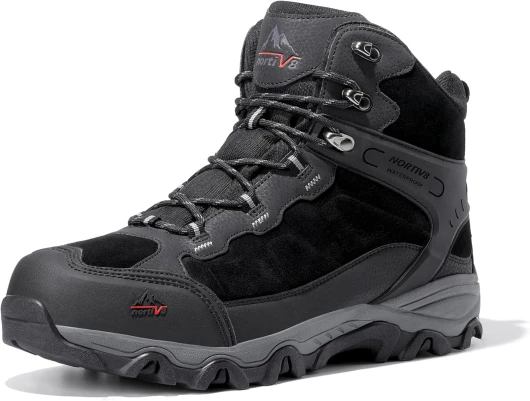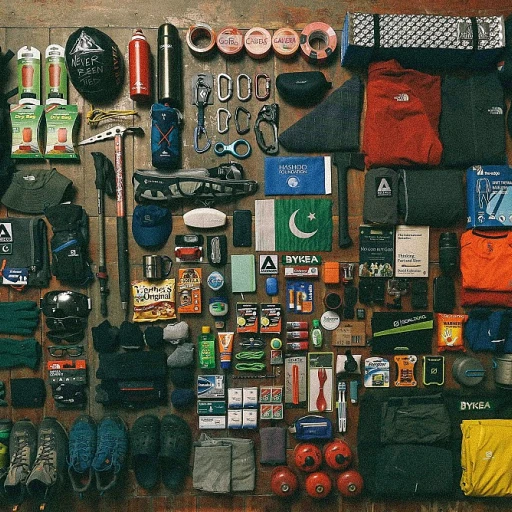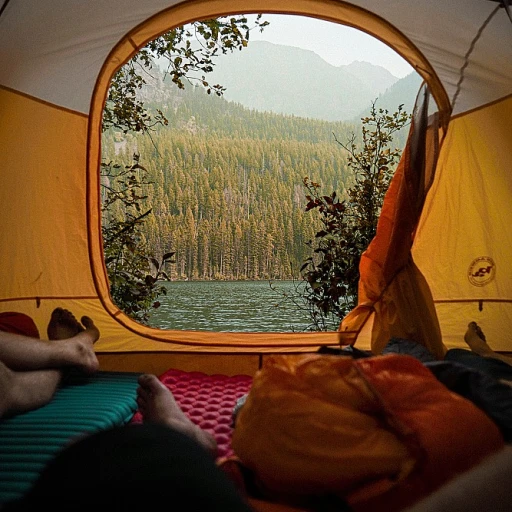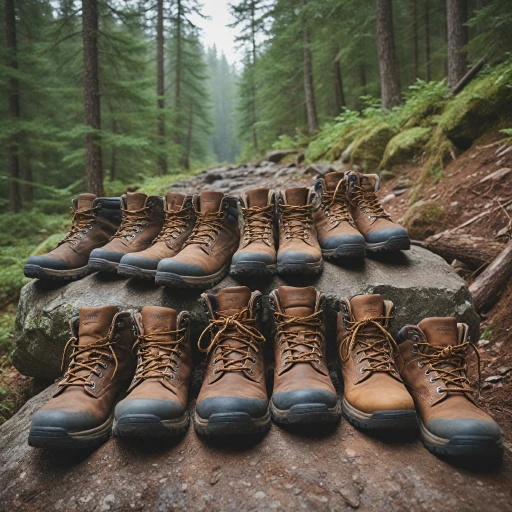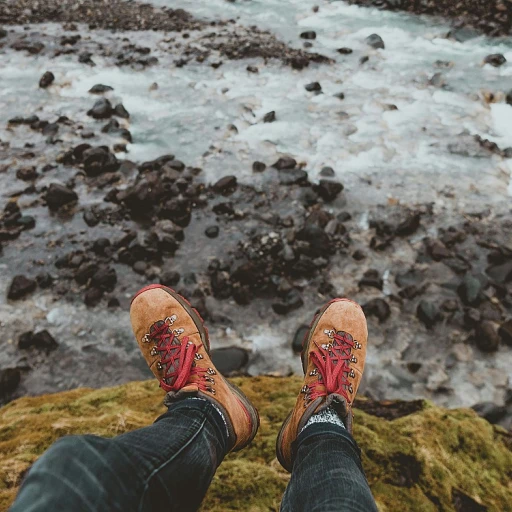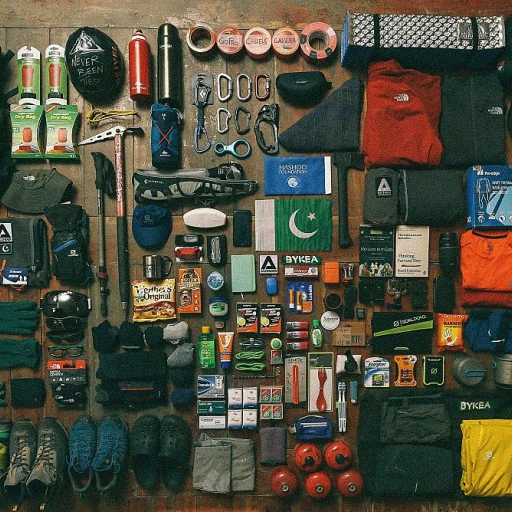
Understanding the Anatomy of Hiking Boots
Breaking Down the Components
Understanding the anatomy of hiking boots is fundamental for any outdoor enthusiast. Each part plays a crucial role in delivering the comfort, support, and durability that hiking demands. Let's delve into the key components that make up a hiking boot.- Upper Material: The upper part of the boot encompasses materials like nubuck leather and synthetic fabrics. Leather, particularly nubuck, is revered for its waterproofing and durability, providing long-term resilience. Meanwhile, synthetic options tend to be more lightweight and offer better breathability.
- Midsole: Found between the upper and the outsole, the midsole is critical for shock absorption and provides cushioning. Options like EVA foam offer lightweight cushioning, while polyurethane delivers more support, valuable for challenging terrains.
- Outsole: A robust outsole is essential for trail grip. Typically made of rubber, this component ensures traction on wet or uneven trails, with deep lugs channeling water and mud away for enhanced footing.
- Waterproof Membrane: Incorporating technologies such as Gore-Tex (GTX), waterproof membranes keep water out while allowing vapor to escape, thus maintaining breathability and keeping feet dry.
- Ankle and Arch Support: Ideal for day hikes or extended treks, boots with substantial ankle support help prevent injuries. Mid-cut models offer a balance between flexibility and protection, making them versatile choices.
- Lacing System: A good lacing system ensures the boot snugly fits, preventing unnecessary movement and offering additional support to your feet during the hike.
Choosing the Right Hiking Boot for Your Terrain
Identifying the Right Boot for Any Path
Choosing the right hiking boot for your terrain is instrumental in ensuring a successful outdoor adventure. Various factors must be considered, such as terrain type, weather conditions, and the planned duration of your hike. With careful selection, you can enhance your hiking experience and maintain the health of your feet.
When exploring rocky trails or rugged landscapes, opt for boots with robust ankle support and advanced waterproofing technologies such as Gore-Tex liners. Boots like the kaha gtx or salomon ultra are designed for challenging terrains, offering reliable protection and enhanced durability.
For less demanding trails or day hikes, lightweight options such as the moab mid or lone peak provide excellent flexibility and comfort. These models ensure adequate support without the added weight pair, making them ideal for casual adventures.
In wet or muddy conditions, choose boots with superior waterproof capabilities. The merrell moab range, known for its effective waterproofing, can help keep your feet dry. For rugged mountain terrains, boots made from nubuck leather offer resilient protection and breathability.
For further guidance on how to select boots that meet the versatile needs of different terrains, consider exploring the heritage of hiking boots beyond the trail.
Ultimately, your choice should reflect the specific demands of your journey, offering both the protection and comfort your feet need. The right blend of materials and technology assures not just a safe hike but also an enjoyable one.
The Importance of Fit and Comfort
The Perfect Fit: Comfort and Support for Endless Trails
When hitting the trail, the most essential aspect of a hiking boot is not just about the style or brand, but how it feels on your feet. An ideal pair of hiking boots ensures that your outdoor adventures are comfortable and free from unnecessary strain. A good fit minimizes blister risks and improves overall hiking experience across various terrains.
Comfort and support stem from multiple factors:
- Understanding Your Foot Type: Whether you have flat feet, high arches, or require wide boots, knowing your foot type will guide you in selecting a hiking boot that offers the best support. Brands like Merrell Moab and Hoka Kaha have options catering to different foot profiles.
- Proper Sizing: Never compromise on the size. Ill-fitting hiking shoes can lead to discomfort and increased fatigue on long day hikes. Always try your boots with hiking socks and ensure there's adequate toe wiggle room, especially for downhill trails.
- Insole Support: Many people overlook the significance of insoles, yet they provide crucial cushioning and support. Customizable insoles can enhance compatibility with your foot shape, giving you added comfort for extensive treks.
- Ankle and Arch Support: Terrain heavily influences the level of ankle support necessary in your boots. Mid or high-cut options like the Salomon Ultra or the Moab Mid offer added stability. Go for boots with solid arch support to avoid foot fatigue during your hikes.
The ideal hiking boot is one that melds flawlessly with your foot, providing comfort without sacrifice. Choosing the right gear ensures every step on your hiking journey is a walk in the park. With the right fit, even challenging trails become more enjoyable, letting you focus on the breathtaking views rather than discomfort in your feet.
Materials and Technology in Modern Hiking Boots
Modern Fabrics and State-of-the-Art Features
When selecting the best hiking boots for your adventures, understanding the variety of materials and technologies available can significantly impact your experience on the trail. From traditional nubuck leather to advanced synthetic blends and waterproofing technologies, each component plays a crucial role in performance, particularly when traversing challenging terrain.
Among the most talked-about innovations are waterproof membranes like Gore-Tex (GTX), which offer reliable waterproofing and breathability. These membranes are integrated into many top-tier hiking boots, safeguarding your feet from wet environments while maintaining comfort throughout the day. Furthermore, a good pair of hiking boots with waterproof capabilities can be a game-changer on rainy days or during stream crossings.
Another critical factor to consider is the weight of the hiking boot. Lightweight materials such as mesh and synthetic fibers have gained popularity for their ability to provide comfort and support without adding unnecessary weight. This can be particularly advantageous for longer day hikes, where the reduced weight pair doesn't sacrifice durability.
The soles of hiking boots are not to be overlooked, as they provide essential support and traction. Brands like Merrell Moab and Salomon Ultra boast specialized sole designs that maximize grip, making them a top choice for various terrains.
Ankle support is another area where modern technology shines. Boots like the Hoka Kaha GTX provide enhanced support through engineered ankle collars, which reduce the risk of injury on uneven trails. This is especially beneficial for those tackling rugged terrains or carrying heavier loads.
The materials and technology in your hiking shoes or boots can significantly influence comfort and protection, ensuring you stay focused on the beauty of the trail rather than the state of your feet. Whether you prefer the rugged resilience of leather or the lighter feel of synthetic materials, modern hiking boots come packed with features tailored to the diverse needs of hikers today.
Top Brands and Models to Consider
Leading Brands and Their Noteworthy Models
When it comes to selecting the best hiking boots for your outdoor adventures, it is important to consider reputable brands known for their quality and performance. Here’s a rundown of some top brands and models that have become favorites among hiking enthusiasts and professionals.- Hoka: Known for their exceptional cushioning and support, Hoka's Kaha GTX is a standout. These boots are designed to provide comfort and stability on long day hikes, with mid waterproof features that make them suitable for varying terrains. The lightweight construction doesn't sacrifice on ankle support, making them a reliable companion for both seasoned mountaineers and trail novices.
- Merrell: The Merrell Moab series has built a reputation for comfort right out of the box. The Moab Mid GTX model, in particular, offers a great balance of waterproofing and breathability, essential for tackling unpredictable weather conditions. Its nubuck leather and airy mesh make it a versatile choice for day hikes and even tougher trails.
- Salomon: For those looking for a blend of durability and agility, Salomon’s Ultra series is worth considering. The boots in this line are often praised for their robust construction and gore tex lining, offering excellent waterproofing and support for challenging terrains. The Ultra models are also geared towards hikers who appreciate a midweight pair that doesn’t compromise on protection.
- Altra: For trail runners converting to hiking, the Altra Lone Peak series offers a unique approach. Known for their zero-drop design, these hiking shoes deliver a natural foot position and superior grip. While they may not offer the same ankle support as traditional hiking boots, their lightweight nature makes them ideal for fast-paced day hikes.
Caring for Your Hiking Boots
Maintain the Longevity of Your Trusted Trail Companions
Caring for your hiking boots is paramount to ensuring their longevity and continued performance on varied terrains. Just as essential as selecting the right type of boot for your specific terrain, proper maintenance can extend the life of your boots and enhance their comfort, support, and waterproofing.
Here are a few crucial tips to help maintain your hiking boots:
- Clean Regularly: After every adventure, remove dirt, mud, and debris from your boots. This practice helps preserve the materials, whether they're crafted from nubuck leather or synthetic fabric.
- Waterproofing Maintenance: Maintain and enhance your boots' waterproof capabilities by regularly applying a suitable waterproofing treatment. This step is especially important for boots with Gore-Tex lining, as it helps seal the outer material against wet conditions, keeping your feet dry and comfortable.
- Proper Storage: Store your boots in a cool, dry place away from direct sunlight. Proper storage prevents the degradation of materials and helps retain the shape of your boots.
- Midsole and Sole Care: Inspect the midsoles and soles for wear and tear. If your mids have lost cushioning or the tread patterns on your Salomon Ultra or Hoka Kaha boots are wearing down, consider a resole, if applicable, to maintain traction and support.
- Lace Care: Regularly check and replace laces as needed. Secure laces not only enhance comfort but also improve ankle support during hikes.
Investing in high-quality boots like the Merrell Moab Mid GTX or Lone Peak requires dedication to their upkeep. A well-maintained boot ensures you're ready for spontaneous day hikes and long trekking adventures alike. Remember, your boots are as good as the care you give them, crucial for those looking for lightweight performance, support, and enduring comfort on the trails.
